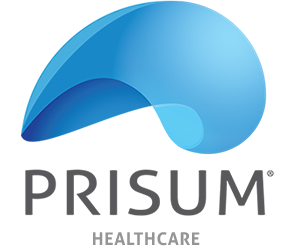

HumanoPedia
Bioavailability
The bioavailability of a drug is an indicator of its effectiveness and refers to the amount of active substance released from the drug, absorbed and distributed in the body to reach the site of action where it manifests the therapeutic effect, as well as the speed with which this process takes place.
Knowing the bioavailability of a medicinal product is important in determining the mode of administration or the duration of administration.
The bioavailability of silybin from PHOSPHOcomplex™ is about 10 times higher than silybin from silymarin. One ProHumano+ HepatoDefense Capsule contains 360 mg of PHOSPHOcomplex™.


ProHumano+ Products for healthy liver
Did you know?
Non-alcoholic Fatty Liver Disease is the most common chronic liver disease in children living in developed countries.
affects
Information source:
Pediatric Nonalcoholic Fatty Liver Disease: Prevalence, Diagnosis, Risk Factors, and Management Stavra A. Xanthakos, Rohit Kohli- Clinical Liver Disease, Vol. 1, No. 4, August 2012, AASLD
Causes, symptoms and prevention methods for hepatic steatosis
The liver is the largest internal organ in the human body and the only visceral organ that has the ability to regenerate completely, to its previous size and capacity, without losing its functions during the growth process.
The liver is responsible for over 500 essential functions, the main ones being in the body’s metabolic processes.














